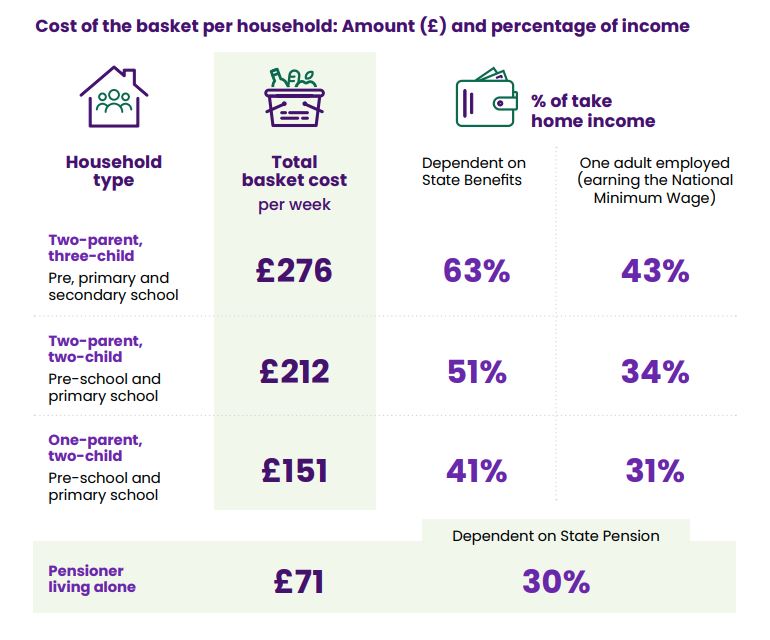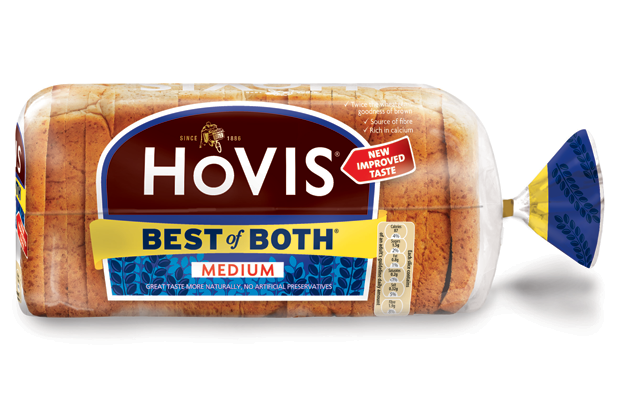NI low-income families spending more than half weekly income on healthy food basket

The latest food basket report for Northern Ireland¹ from Safefood and the Food Standards Agency (FSA) has revealed how some families spend up to £212 per week, more than half (51%) of their take-home income, on food, with families with teenage children paying an extra £64 per week on food than those families with younger children.
Recent data² by the Office of National Statistics (ONS) revealed that food inflation was 5.1% in the 12 months to August this year, the fifth month in a row that the rate has climbed.
In Northern Ireland, the latest Consumer Council quarterly Household Expenditure Tracker revealed food shopping³ now accounts for the biggest proportion of households basic spending.
Head of Standards and Dietary Health for the FSA in Northern Ireland, Sharon Gilmore said low-income households often struggle to eat well due to limited budgets, potentially contributing to health inequalities.
“The 2024 Food Basket research provides essential evidence required to develop effective, targeted policies that address food insecurity and promote health equality for those most at risk,” said Sharon.
Typically, households on a low-income tend to eat less well, which can contribute to higher levels of excess weight and corresponding health complications like heart disease and Type 2 diabetes.
Dr Aileen McGloin, Director of Nutrition with Safefood added: “For households with children food shopping is often the only flexible part of their spend.

“Many families are being forced to choose cheaper and often nutritionally poor food items to keep food spending within their means and this is a really worrying trend. What this research shows is the challenge for low-income households of trying to balance the cost of a heathy food basket against the cost of meeting other needs and expenses.”
The survey for Northern Ireland is co-funded by Safefood and the Food Standards Agency and is updated every two years for each household type to determine the weekly cost of food as a proportion of take-home income.
Philippa McKeown-Brown, Head of Food Policy and Emerging Markets at the Consumer Council for Northern Ireland said: “The Consumer Council are proud to be a project partner in this important study, which yet again highlights the huge proportion of income certain household types would need to spend to afford a diet that is healthy, and allows for variety and social interaction.
“In other words, a diet that every individual living in Northern Ireland should be able to access as a minimum, regardless of income, family and living circumstances.
“The latest findings correspond with what we’re seeing in our quarterly Northern Ireland Household Expenditure Tracker, which shows food is the biggest area of spend for low-income households, and has been for nine consecutive quarters. It also chimes with our Cost of Basics research which found over a quarter (27%) of consumers report eating poorer quality or less nutritious food because of higher food costs.”
The contents of the food baskets in the survey were based on menus put together by the households themselves. People selected an acceptable food basket in terms of taste and menu choices, while also meeting the social needs of a household, for example hosting visitors or special occasions like birthdays.
The food baskets were then reviewed by nutritionists to ensure they met the nutritional guidelines and price-checked accordingly.







